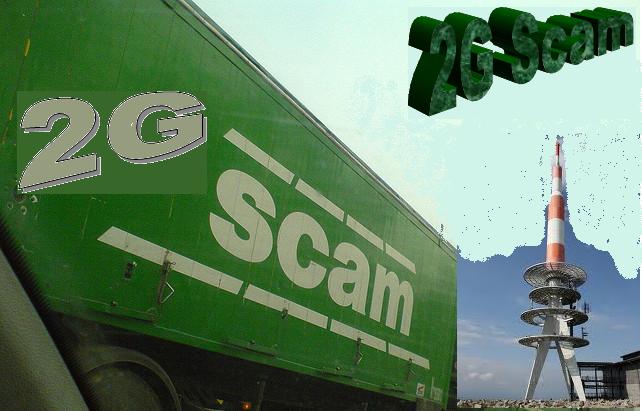  A Delhi court today took on its record a Law ministry report defining the term "associate", figuring in the Unified Access Services Licence guidelines, as another firm having more than 10% of its stakes.
The report was taken on record by Special Judge O P Saini after the CBI submitted it to him on his order in response to a plea by all 17 accused of 2G spectrum allocation scam, including former Telecom Minister A Raja and DMK MP Kanimozhi.
The court asked the agency to supply its copy to each of the accused and fixed September 23 for arguments by defence and prosecution on the report''s impact on the case.
The court has already completed the hearing of argument on framing of charges by various sides and would take the crucial step of charge-framing after the argument on report's impact on the case is over.
"The same (report defining 'associate') was not sought by CBI from the Department of Telecommunication (DoT) or Ministry of Law and Justice as the investigation on this aspect has already been completed and charge sheet filed on April 2, 2011 in this court.
"However, in compliance to the September 19 order of this court, DoT's September 7 letter along with the Union law ministry's note of August 30 and DOT's August 16 letter to the law ministry is being submitted here, the CBI said.
According to Reliance Telecom Ltd (RTL) and Swan Telecom Private Ltd (STPL), an alleged beneficiary of the scam, they were not "associates" as RTL is holding 9.9% stake in STPL which is less than 10%, as required under the UASL guidelines.
The DoT had sought Law Ministry's opinion on the meaning of word "associate", appearing in the UASL guidelines.
Law Secretary D R Meena, in his report to the DoT, had said by applying the "share-holding" test, it could be determined whether a company is associate of another.
"It is a common mistake to confuse a mere "association" with a definition of an "associate company". Companies may have common interests, common business strategies, financial dealings, business pacts and understandings. It is common knowledge that in the telecom sector, several companies enter into business arrangements for technical support and strategies like sharing of towers.
"To that extent, they certainly have an "association", but by no means they can be termed as being "associates" of one another, on that ground. The true test, therefore, is to apply the shareholding test," the August 30 report said.
CBI, on the other hand, has been alleging that STPL was an associate firm of RTL created to circumvent the then guidelines of DoT which debarred existing CDMA players from venturing into GSM segment.
RTL later passed on the control of STPL to co-accused Shahid Usman Balwa after the DoT allowed it to avail the facility of dual technology, the agency said.
"No single company/legal person either directly, or through its associates, shall have substantial equity holding in more than one licensee company in the same service area for the Access Services namely: Basic, Cellular and the UAS," the UASL guidelines said.
It added that "Substantial equity herein will mean an equity of 10% or more. A promoter company/legal person cannot have stakes in more than one licensee company for the same service area."
The Law ministry report said the term "associates" has not been defined in the DoT guidelines or the licence agreement, and is also foreign to the Companies Act, 1956 and the Telegraph Act under which the guidelines / licenses have beenissued.
"The appropriate meaning of this term, thus, has to be determined in the context of the language of the clause itself, and in the manner in which the DoT has understood and applied it in actual practice. Accordingly, DoT is advised to also refer to the manner in which it has dealt with the interpretation of Clause 8 in actual practice from time to time," the report said.
The DoT, in its August 16 letter, had requested the Law Ministry to explain the meaning of term "associates" to enable it take further action in the matter. |